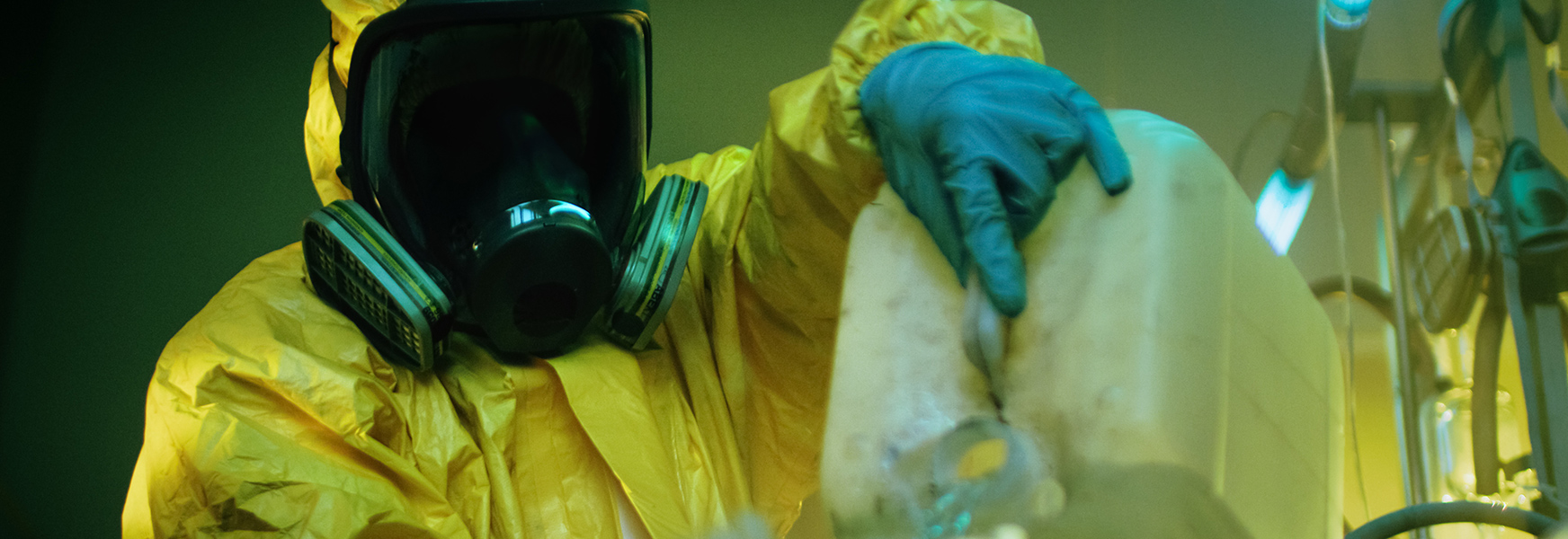OSHA's Fundamentals of the HAZMAT Regulations

When we think of hazardous materials, or HAZMAT for short, most think of chemicals that are manufactured for large businesses or a liquid that requires people to wear a “spacesuit” to be around it. Refineries and chemical plants come to mind. What we don’t realize is that we are around hazardous materials all the time, from household cleaners to the oil we put in our cars. With varying levels of toxicity, many of these common products are considered hazardous materials.
According to the Institute of Hazardous Materials Management, “a hazardous material is any item or agent (biological, chemical, radiological, and/or physical), which has the potential to cause harm to humans, animals, or the environment, either by itself or through interaction with other factors.”
OSHA’s definition is rather long and cumbersome, but in part says “…includes any substance or chemical which is a "health hazard" or "physical hazard," including chemicals which are carcinogens, toxic agents, irritants, corrosives, sensitizers; agents which act on the hematopoietic system; agents which damage the lungs, skin, eyes, or mucous membranes; chemicals which are combustible, explosive, flammable, oxidizers, pyrophoric, unstable-reactive or water-reactive; and chemicals which in the course of normal handling, use, or storage may produce or release dusts, gases, fumes, vapors, mists or smoke which may have any of the previously mentioned characteristics.”
OSHA standards, as well as best practices, require employers to understand how to manage these materials and to provide a safe work environment for their employees. Any organization that uses or exposes workers to HAZMAT must understand the physical properties of those materials, proper use and handling, provide the appropriate personal protective equipment (PPE), and have all Safety Data Sheets (SDS) available for any chemical that is not a typical household consumer product. SDS’s can be obtained from manufacturers, suppliers, or through online searches or dedicated services.
OSHA standards 29 CFR 1910, Subpart H, lists requirements for the following situations, all of which have the potential to expose employees to hazardous materials:
- The proper use/storage of compressed gases
- The proper use/storage of flammable liquids
- Spray finishing operations using flammable and combustible materials
- Explosives and blasting agents
- Storage and handling of liquefied petroleum gases
- The process safety management (PSM) requirements of highly hazardous chemicals
- The work associated with hazardous waste operations and emergency response (HAZWOPER)
- Dipping and coating operations
Employers are required to know that they have hazardous materials in the workplace and train employees how to read the placard or label. Employers must also know what products are compatible with each other.
The physical and health hazards associated with HAZMAT are easily identified by “pictograms” that are placed on the containers for quick recognition. These pictograms were adopted as part of the Hazard Communication Program to align OSHA’s requirements with the global standard. Examples of these pictograms are as follows:
PHYSICAL HAZARDS

- Flame Over Circle – oxidizers
- Flame – flammables, pyrophorics, self-heating, emits flammable gas, self-reactives, organic peroxides
- Exploding bomb – explosives, self-reactives, organic peroxides
- Corrosion – corrosive to metals
- Gas cylinder – gases under pressure
HEALTH HAZARDS

 Skull and Crossbones – acute toxicity (fatal or toxic)
Skull and Crossbones – acute toxicity (fatal or toxic)- Exclamation Mark – irritant (skin and eye), skin sensitizer, acute toxicity (harmful), narcotic effects, respiratory tract irritant
- Health Hazard – carcinogen, mutagenicity, reproductive toxicity, respiratory sensitizer, target organ toxicity, aspiration toxicity
- Corrosion – skin corrosives, burns, eye damage
Knowing the fundamentals of the HAZMAT regulations is important to workplace safety and the long-term health of all workers. For more information related to hazardous materials check out the Hazardous Material page from OSHA, or resources within MEMIC’s Safety Director.
